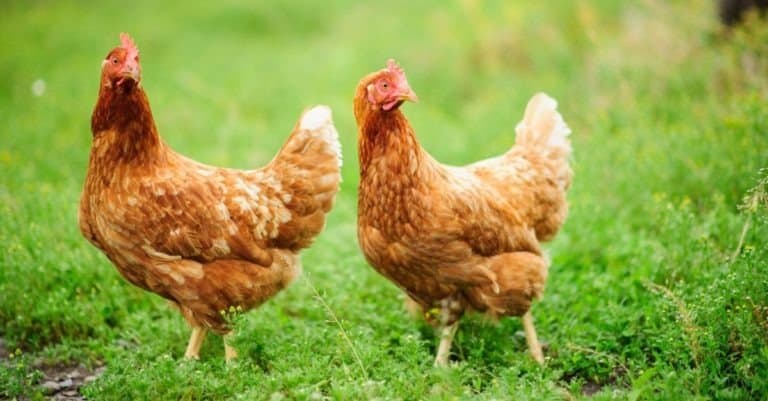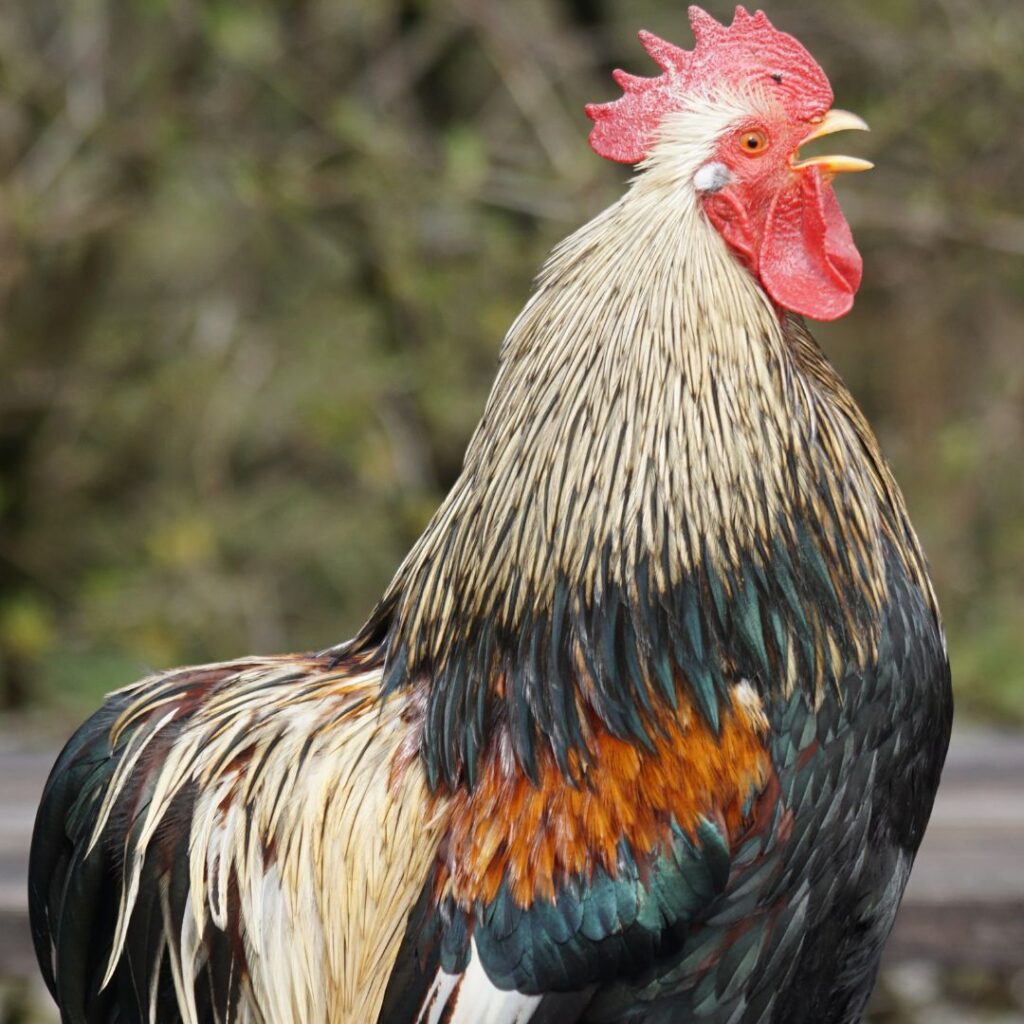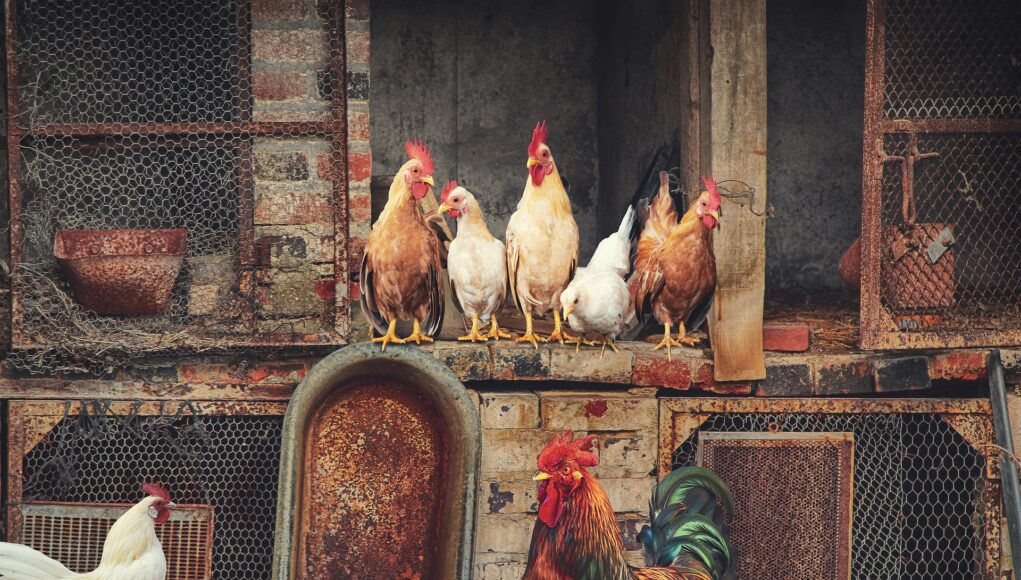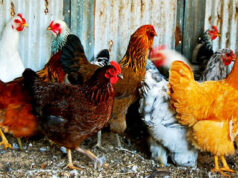The poultry industry has faced numerous challenges over the years, and one of the notable issues is green muscle disease in chicken. This condition, which primarily affects broiler chickens, has raised concerns among farmers, veterinarians, and poultry enthusiasts. Understanding this disease, its causes, and solutions is crucial for maintaining healthy poultry flocks.

What is Green Muscle Disease?
Green muscle disease (also known as deep pectoral myopathy) is a degenerative condition that affects the muscle tissues of chickens. It specifically targets the deep pectoral muscles, causing them to turn green, hence the name. The disease does not pose any health risks to humans, but it can affect the marketability and quality of the chicken meat.
Causes of Green Muscle Disease
The primary causes of green muscle disease in chicken include:
- Excessive flapping due to stress
- Genetic predisposition
- Poor handling practices
- Intensive farming conditions

Signs and Symptoms
Identifying the signs and symptoms early can help in managing and preventing the disease. Some common signs include:
- Swelling in the breast area
- Discoloration of the breast muscle
- Weight loss
- Decreased movement

Prevention Methods
Prevention is always better than cure when it comes to green muscle disease. Some methods to prevent the disease include:
- Reducing stress factors
- Using well-ventilated housing
- Proper breeding practices
- Regular health check-ups

Treatment Options
While there is no direct cure for green muscle disease in chicken, certain approaches can help manage the condition:
- Proper nutrition
- Minimizing physical exertion
- Use of supplements
- Close monitoring by veterinarians
The Role of Technology
The advent of technology has brought about tremendous improvements in managing poultry health. Some technological interventions include:
- Automated health monitoring systems
- Use of precision farming tools
- Genetic mapping
- Advanced breeding techniques
Case Studies
Several poultry farms have successfully managed green muscle disease using innovative approaches. These case studies highlight the importance of a proactive approach in disease management.
Challenges Faced by Poultry Farmers
Poultry farmers face numerous challenges in dealing with green muscle disease in chicken. These challenges include:
- High costs of implementing preventive measures
- Difficulties in early detection
- Managing large flocks
- Lack of awareness
The Future of Poultry Farming
The future of poultry farming looks promising with the integration of advanced technologies. Efforts are being made to develop more sustainable and efficient farming practices to combat diseases like green muscle disease.
Conclusion
Understanding and managing green muscle disease in chicken is crucial for the success of poultry farming. By adopting approved and terrific technological approaches, farmers can ensure the health and well-being of their flocks, leading to a more sustainable and profitable poultry industry.
As an Amazon Associate, I earn from qualifying purchases.
FAQ
What causes green muscle disease in chickens?
The primary causes include excessive flapping due to stress, genetic predisposition, poor handling practices, and intensive farming conditions.
How can green muscle disease in chickens be prevented?
Preventive measures include reducing stress factors, using well-ventilated housing, proper breeding practices, and regular health check-ups.
Is green muscle disease harmful to humans?
No, green muscle disease does not pose any health risks to humans but can affect the quality and marketability of the chicken meat.
What are the signs of green muscle disease in chickens?
Common signs include swelling in the breast area, discoloration of the breast muscle, weight loss, and decreased movement.










